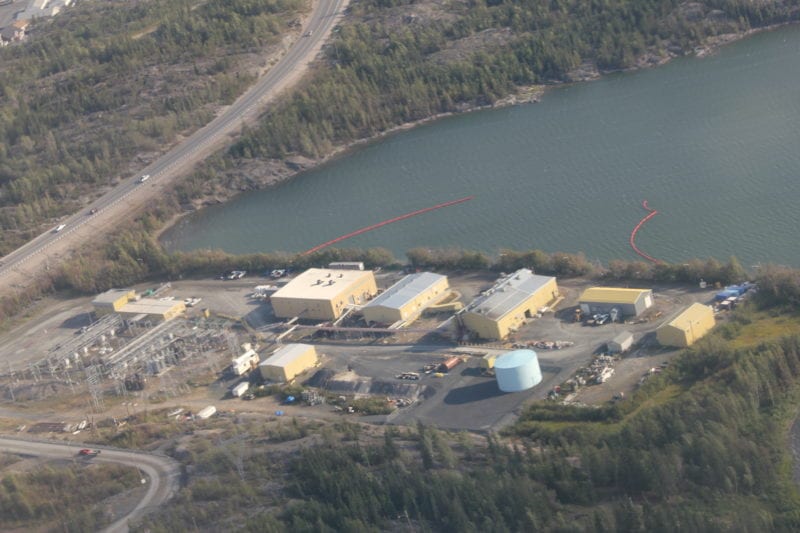There are essentially two problems when it comes to energy consumption in the Northwest Territories: one, it is very expensive (we have among the most expensive energy rates in the country in fact), secondly, energy in the North is generally very dirty.

Alternatives North theorizes that the NWT can cut its greenhouse gas emissions by 50 per cent by 2030 or sooner but the plan is convoluted and depends on too many unknowns.
To keep the lights on in places such as Lutsel K’e and Ulukhaktok requires massive amounts of carbon-spewing diesel, which must be trucked, barged and flown vast distances to remote communities that have few other options at present. Solar and wind projects have been established in some communities but they are nowhere near capable of completely supplanting diesel power.
The solar project in Colville Lake, for example, only produces enough electricity in winter to power the community for 30 minutes during the day and two hours at night. The rest must come from diesel brought up the winter road.
A report by Yellowknife-based social issues/environmental think-tank Alternatives North published April 22 tackles mainly the carbon emissions aspect of diesel use, although it does acknowledge the costs.
The report, titled “Climate Emergency: Getting the NWT off diesel,” ambitiously proposes that emissions in the NWT can be cut by 600 kilotonnes per year by 2030 or sooner. By coincidence, 2030 is when Prime Minister Justin Trudeau’s 2019 campaign pledge of every Northern community being weaned from diesel will mature.
Study co-author Andrew Robinson, a renewable energy consultant in Yellowknife, suggests the Covid-19 pandemic response ought to be a model for investing in efforts to combat climate change.
The rationale is simple: the pandemic has shown us the status quo can be upended overnight when a crisis lands on our doorstep. Societies unite, governments show resolve and open up the purse strings, and conventional thinking goes out the window.
What if this resolve was directed at fighting climate change? Which as Robinson points out, is likewise considered an emergency by many in the territory.
This is true and the report looks at several worthwhile proposals, such as central district energy systems fed by biomass. It just so happens that one entrepreneurial Northerner, former Hay River mayor Brad Mapes, was well on his way to establishing a biomass plant outside Enterprise before Covid-19 hit.
Renewable diesel is likewise intriguing. The fuel is made from a wide variety of vegetable and waste products but mainly vegetable oil. It is compatible with engines already using fossil diesel but produces only two per cent of the carbon emissions.
Alas, California and British Columbia are the only places you can get it and it is generally not widely available – yet. It is also much more expense. The report expects the price to average $1.60 per litre if it were to become more widely available with fossil diesel costing $1.28 per litre (including the $50 per tonne carbon tax).
The report recommends the GNWT should subsidize the cost of purchasing 200 million litres of renewable diesel at $65 million a year while also purchasing carbon offsets at $15 million a year to meet its carbon emission targets.
This is not chump change in a territory with already huge social and infrastructure needs, not to mention this is all money going out the door and out of the territory. And it’s only going to become more apparent now that Covid-19 is leaving people and businesses broke.
There is no doubt that the NWT’s current energy regime is unsustainable, plus bad for the environment. Alternatives North put out some thoughtful proposals that should be taken seriously.
The trick will be finding energy solutions the territory can afford. It’s time for government and industry to provide some ideas of their own – ideas that address the environment and the costs.